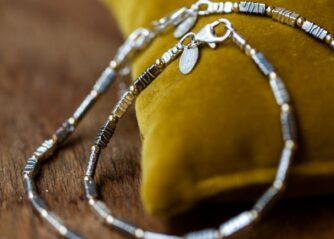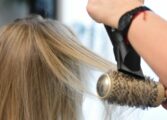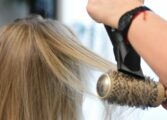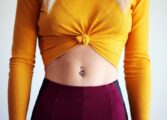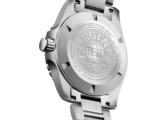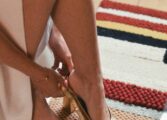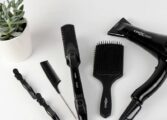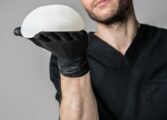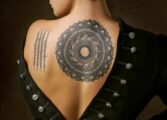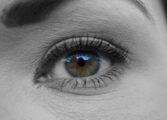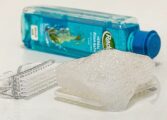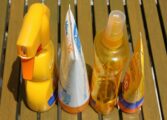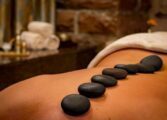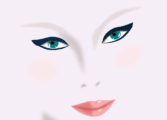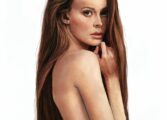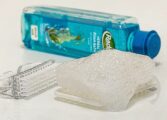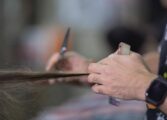Bronzing brushes are essential tools in the world of makeup, particularly for achieving that perfect sun-kissed glow

In this comprehensive article, we will delve into the world of bronzer brushes, exploring what they are, the different types available in the market, popular choices, quantitative measurements, and a discussion on how these brushes differ. We will also take a historical look at the advantages and disadvantages of various bronzer brushes.
The Ultimate Guide to Bronzer Brushes
An Overview of Bronzer Brushes

A bronzer brush is a specialized makeup brush designed for the application of bronzing products. It features soft, densely packed bristles that enable the seamless application of bronzer onto the skin. These brushes come in various shapes and sizes, allowing for different techniques and effects.
Types of Bronzer Brushes
There are several types of bronzer brushes available, each offering unique benefits.
1. Powder Brushes: These brushes have large, fluffy bristles that are perfect for applying bronzer in a diffused, natural manner. They pick up just the right amount of product and distribute it evenly across the skin.
2. Kabuki Brushes: Kabuki brushes are dense and typically have a round or flat top. They provide a more concentrated application and can be used for a heavier bronzed look.
3. Angled Brushes: Angled bronzer brushes have bristles cut at an angle, allowing for precise application and contouring. They are perfect for creating definition and sculpting the face.
Popular bronzer brushes include [BRAND NAME] Powder Brush, [BRAND NAME] Kabuki Brush, and [BRAND NAME] Angled Brush, among others.
Quantitative Measurements of Bronzer Brushes
When it comes to bronzer brushes, certain quantitative measurements can help determine their effectiveness.
1. Bristle Density: The density of bristles affects how much product the brush can pick up and distribute. Brushes with densely packed bristles tend to yield more pigmented results.
2. Bristle Lengt Bristle length impacts the precision and coverage the brush provides. Longer bristles often result in a softer, airbrushed finish, while shorter bristles offer more control.
3. Handle Lengt The length of the handle affects the maneuverability of the brush. Longer handles provide more reach, while shorter handles offer greater control.
Discussion on the Differences Between Bronzer Brushes
Bronzer brushes differ in various aspects, leading to varying application techniques and results.
1. Bristle Type: Synthetic or natural bristles impact how the bronzer adheres to the skin. Synthetic bristles tend to work well with cream or liquid bronzers, while natural bristles excel with powder products.
2. Shape and Size: Different brush shapes and sizes allow for various application techniques. Some brushes are designed for overall bronzing, while others are perfect for contouring.
3. Price Range: Bronzer brushes vary in price, with some being more affordable and others more high-end. Price often correlates with the quality and durability of the brush.
A Historical Overview of the Pros and Cons of Bronzer Brushes
Throughout history, bronzer brushes have seen advancements and changes, leading to different advantages and disadvantages.
1. Traditional Brushes: In the past, bronzer brushes were often large and fluffy, designed for overall bronzing. These brushes provided a natural, sun-kissed look but lacked precision.
2. Modern Developments: With the rise of contouring and precise application techniques, bronzer brushes evolved to cater to these trends. The introduction of angled brushes and densely packed bristles allowed for more defined contours.
In conclusion, bronzer brushes are indispensable tools for achieving a bronzed and glowing complexion. By understanding the different types available, the quantitative measurements involved, and the historical context, makeup enthusiasts can make informed choices when selecting their ideal bronzer brush. Whether it’s a fluffy powder brush or an angled brush for sculpting, finding the perfect bronzer brush is key to creating a flawless makeup look.
Disclaimer: The videos used in this article are for illustrative purposes only.


